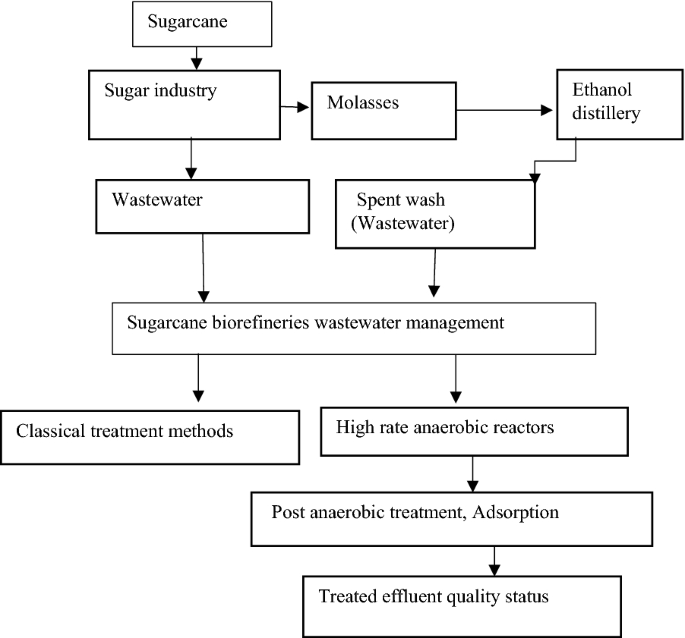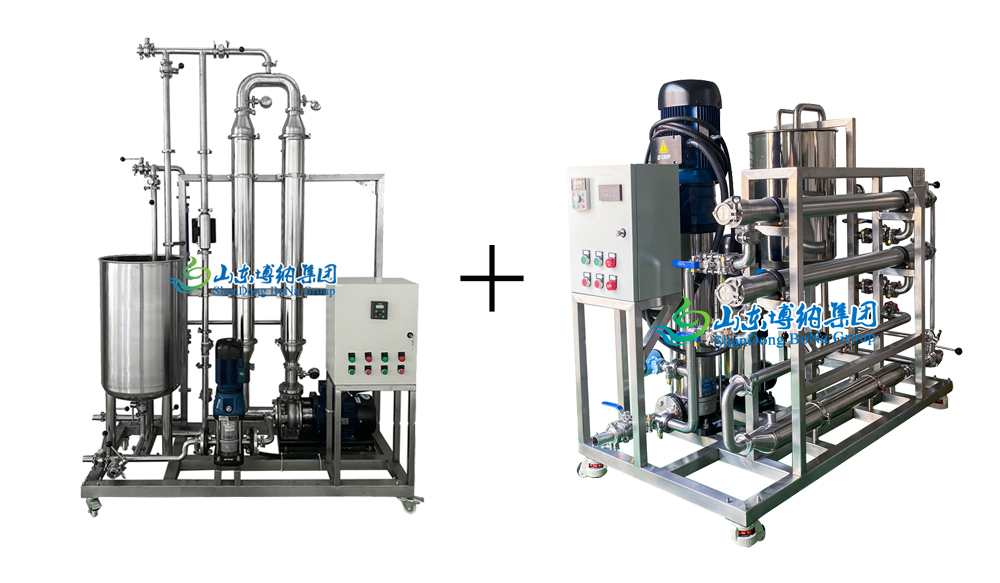How Products From Sugarcane Support Local Agriculture and Jobs
How Products From Sugarcane Support Local Agriculture and Jobs
Blog Article
Discover the Cutting-edge Benefits of Products From Sugarcane for Sustainable Living
Sugarcane has actually become an essential resource in the mission for lasting living. Its varied applications span naturally degradable packaging, renewable resource, and much healthier food choices. As sectors seek environmentally friendly options, sugarcane's adaptability supplies appealing remedies. The true potential of sugarcane expands beyond its present usages. Discovering its innovative benefits could expose brand-new paths towards a more sustainable future. What various other opportunities might this exceptional plant hold?

The Surge of Sugarcane as a Sustainable Source
As global understanding of ecological issues expands, sugarcane has actually arised as a popular lasting resource. This flexible crop uses a variety of benefits that add to environmentally friendly practices. Sugarcane is a renewable source, with the ability of growing in varied climates while soaking up carbon dioxide, consequently minimizing greenhouse gas discharges. Its fast development cycle permits regular harvesting, causing a continual supply of raw material.Additionally, sugarcane farming commonly requires less water contrasted to various other crops, making it an effective alternative in water-scarce regions. The by-products of sugarcane, such as bagasse and molasses, can be repurposed for various applications, reducing waste and advertising round economic situation principles. Moreover, improvements in agricultural methods have actually caused more sustainable farming approaches, additionally boosting sugarcane's ecological profile. As customers increasingly look for sustainable choices, sugarcane attracts attention as a feasible choice for those dedicated to minimizing their ecological impact.
Naturally Degradable Product Packaging Solutions
Just how can naturally degradable product packaging services transform the means customers come close to sustainability? By making use of sugarcane-based materials, these cutting-edge remedies use a compelling option to traditional plastics. Biodegradable product packaging made from sugarcane decays naturally, noticeably decreasing garbage dump waste and greenhouse gas discharges. As consumers end up being significantly knowledgeable about their ecological effect, the demand for sustainable product packaging proceeds to rise.These sugarcane-derived products not only offer useful purposes however likewise line up with eco-conscious consumer values. They supply a tangible way for people and companies to contribute to a circular economic situation, advertising source effectiveness and reducing ecological footprints. In addition, as sectors embrace biodegradable options, they promote a society of sustainability that reverberates with a growing group looking for liable choices.In essence, naturally degradable product packaging remedies from sugarcane represent a crucial advance in sustainable methods, empowering consumers to make ecologically pleasant choices without compromising convenience or top quality.
Renewable Energy Generation From Sugarcane
A significant section of eco-friendly energy generation can be originated from sugarcane, showcasing its convenience beyond typical farming usages. Sugarcane biomass, consisting of bagasse and leaves, is a potent source for bioenergy manufacturing. This biomass can be transformed right into biofuels such as ethanol, which works as a cleaner choice to nonrenewable fuel sources. Additionally, the burning of sugarcane byproducts produces vapor and electricity, offering an energy source for sugar mills and neighboring communities.The growing of sugarcane also adds to carbon sequestration, as the plants soak up carbon dioxide throughout their development cycle. By making use of sugarcane for energy, waste is decreased, and lasting techniques are encouraged. This sustainable energy strategy not just sustains power demands yet also promotes rural growth, creating tasks in bioenergy markets. On the whole, sugarcane stands out as a principal in the shift to lasting power options, straightening with worldwide initiatives to decrease carbon impacts.

Eco-Friendly Textiles and Fabrics
Environmentally friendly textiles and fabrics derived from sugarcane present a promising choice to traditional materials. These biodegradable options not just decrease environmental impact yet also provide toughness and efficiency similar to standard materials. Sustainable manufacturing processes additionally enhance their appeal, making them an important part of a lasting way of life.
Eco-friendly Textile Options
Why is the modification toward eco-friendly material alternatives essential for sustainable living? The increasing awareness of ecological destruction has actually prompted a look for choices to standard textiles, which commonly add to pollution and waste. Eco-friendly materials, originated from renewable energies such as sugarcane, use a promising option. These products decompose normally, lowering garbage dump build-up and reducing environmental influence. Additionally, they can aid reduced carbon footprints and reliance on nonrenewable fuel sources. As consumers come to be more eco-conscious, the need for lasting textiles grows, motivating producers to innovate and spend in eco-friendly alternatives. This adjustment not just supports sustainable methods however likewise promotes a round economic situation, leading the way for a more responsible strategy to style and fabric production.
Resilience and Performance
When evaluating environment-friendly textiles and fabrics, resilience and performance are important elements. Sugarcane-derived materials show excellent stamina and durability, making them suitable for various applications. These fabrics usually display exceptional moisture-wicking residential properties, which enhance comfort in day-to-day wear. Additionally, their all-natural fibers contribute to breathability, making certain that garments remain wearable and fresh even in demanding problems. The performance of sugarcane-based materials prolongs to their resistance to tear and wear, allowing products to maintain their integrity gradually. These green fabrics can be treated to enhance UV security and tarnish resistance, satisfying the practical requirements of consumers without endangering sustainability. Ultimately, sugarcane textiles offer a harmonious equilibrium of sturdiness and performance, interesting eco aware individuals.
Lasting Production Procedures
The remarkable resilience and performance of sugarcane-derived fabrics are enhanced by sustainable manufacturing processes that prioritize ecological responsibility. These procedures make use of renewable energies, lessening dependence on nonrenewable fuel sources and lowering carbon impacts. By harnessing the spin-offs of sugarcane cultivation, suppliers can produce green textiles while advertising waste reduction. Advanced methods, such as water-efficient dyeing and naturally degradable treatments, further boost the sustainability of these textiles. In addition, using safe chemicals guarantees that the manufacturing process does not damage ecosystems or human health. This dedication to sustainability not only interest ecologically aware consumers yet likewise sustains neighborhood economic situations by advertising sustainable farming techniques. On the whole, sugarcane-derived fabrics stand for a substantial step towards a greener future in the apparel industry.
Sugarcane-Based Biofuels and Their Impact

Sugarcane-based biofuels have arised as a considerable alternate energy resource, providing a renewable remedy to the globe's growing energy needs. These biofuels, acquired from the fermentation of sugarcane juice or molasses, offer a more sustainable choice compared to nonrenewable fuel sources. Their manufacturing process creates reduced greenhouse gas discharges, adding to environment adjustment reduction efforts.Additionally, sugarcane biofuels can boost energy protection by diversifying energy sources and reducing dependence on imported oil. The farming of sugarcane additionally promotes country growth, creating jobs and stimulating local economies.However, concerns relating to land use and food competition linger, as raised biofuel manufacturing might impact food supply chains. Lasting farming techniques are important to balancing these contending passions and guaranteeing that click this site biofuel production does not threaten food protection. On the whole, sugarcane-based biofuels represent a promising method for a greener energy future, offered that their social and ecological effects are carefully handled.
Much Healthier Alternatives: Sugarcane in Food Products
While many consumers seek much healthier choices in their diets, sugarcane products supply a nourishing option to refined sugars and man-made sugar. Stemmed from the all-natural removal of sugarcane juice, these products maintain necessary nutrients, consisting of vitamins and minerals, that are frequently shed in processed sugars. Sugarcane contains anti-oxidants and nutritional fiber, adding to total wellness and wellness.Many health-conscious individuals are transforming to sugarcane syrup and jaggery, which offer a reduced glycemic index contrasted to conventional sugars, making them ideal for those managing blood glucose levels. Additionally, sugarcane-derived sweeteners can boost the flavor of various recipes without the adverse effects linked with fabricated additives.This change towards natural artificial sweetener not just advertises better dietary options yet additionally lines up with lasting living methods, as sugarcane is a renewable source. For that reason, sugarcane items are arising as favorable alternatives in the domain name of foodstuff.
The Future of Sugarcane in Sustainable Innovations
The future of sugarcane is poised to encompass ingenious applications that extend beyond conventional uses. Its prospective as a resource for biodegradable packaging options and sustainable power sources highlights its role in lasting techniques. Exploring these advancements might considerably impact environmental conservation and source monitoring.
Naturally Degradable Product Packaging Solutions
A raising variety of companies are turning to naturally degradable packaging solutions originated from sugarcane as a promising option to conventional plastics. These cutting-edge materials, frequently made from sugarcane fibers and bioplastics, decompose naturally, reducing the long-lasting environmental impact related to standard plastic waste. By using renewable energies, sugarcane-based packaging contributes to a more lasting production cycle, straightening with worldwide efforts to battle air pollution and environment change. Additionally, these services often maintain the resilience and capability needed for different applications, from food containers to shipping materials. As customer demand for environment-friendly options grows, companies embracing sugarcane packaging not just improve their brand name photo however also play a crucial function in fostering a circular economic situation, leading the means for a greener future.
Renewable Resource Resources
Naturally degradable product packaging solutions are just one aspect of the wider capacity of sugarcane in advertising sustainability. Another significant application exists in renewable resource sources. Sugarcane is a flexible crop that can be utilized to produce biofuels, such as ethanol, which serves as a cleaner alternative to fossil gas. The fermentation procedure of sugarcane juice yields ethanol that can power automobiles and produce electrical energy. Additionally, the results of sugarcane handling, like bagasse, can be made use of to create biomass power, providing a sustainable and reliable technique to harness power. This dual role as both a resource of biofuel and biomass emphasizes sugarcane's possibility in minimizing carbon emissions and sustaining a change to a more sustainable energy landscape in the future.
Often Asked Questions
Exactly How Is Sugarcane Gathered Sustainably?
Sugarcane harvesting can be sustainable via strategies like hands-on cutting, which lessens soil interruption, and utilizing equipment that lowers gas usage (Products From Sugarcane). Crop turning and incorporated bug administration better improve ecological wellness and promote lasting dirt fertility
What Are the Ecological Influences of Sugarcane Farming?

Can Sugarcane Products Be Reused?
The inquiry of whether sugarcane products can be recycled exposes a positive expectation. Lots of next sugarcane-derived materials, such as bioplastics and packaging, are developed for recyclability, adding to a more lasting waste monitoring technique within environmental considerations.
Are There Any Kind Of Disadvantages to Making Use Of Sugarcane-Based Products?
The disadvantages of using sugarcane-based items consist of potential land usage competition with food crops, challenges in large production, and worries about the ecological influence of monoculture farming methods, which can lessen biodiversity and dirt wellness.
How Does Sugarcane Farming Affect Local Communities?
Sugarcane cultivation impacts local areas by providing job opportunity and enhancing local economic situations. It can additionally lead to land disagreements and environmental issues, affecting agricultural techniques and community health, necessitating a balanced strategy to development. Developments in farming methods have led to even more sustainable farming techniques, even more boosting sugarcane's ecological account. Additionally, the combustion of sugarcane by-products produces vapor and electrical power, giving an energy resource for sugar mills and neighboring communities.The growing of sugarcane also contributes to carbon sequestration, as the plants take in carbon dioxide throughout their development cycle. By using sugarcane for energy, waste is lessened, and lasting practices are motivated - Products From Sugarcane. Sugarcane consists of antioxidants and nutritional fiber, adding to total health and wellness and wellness.Many health-conscious people are turning to sugarcane syrup and jaggery, which provide a lower glycemic index compared to conventional sugars, making them suitable for those managing blood sugar levels. Furthermore, the by-products of sugarcane handling, like bagasse, can be utilized to generate biomass power, using a lasting and efficient method to harness energy
Report this page